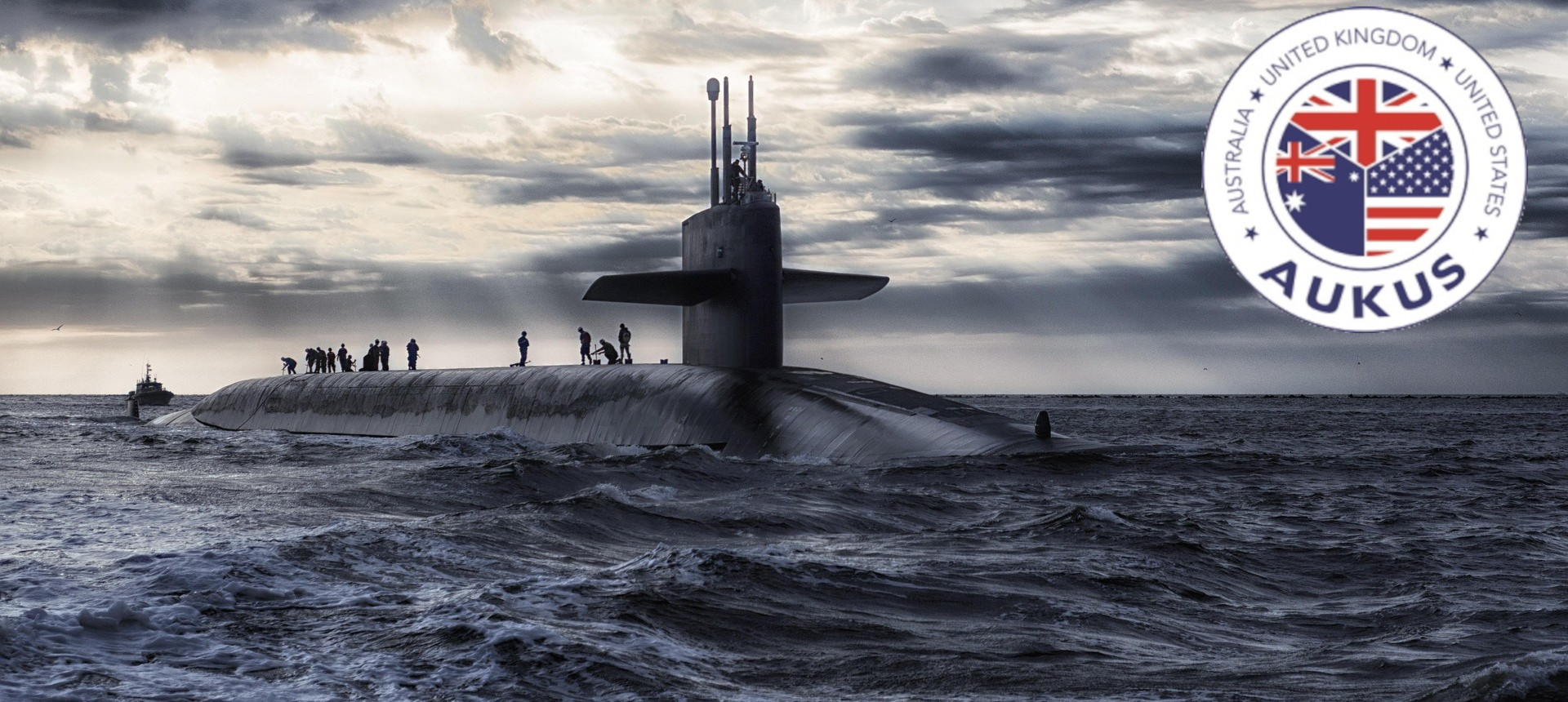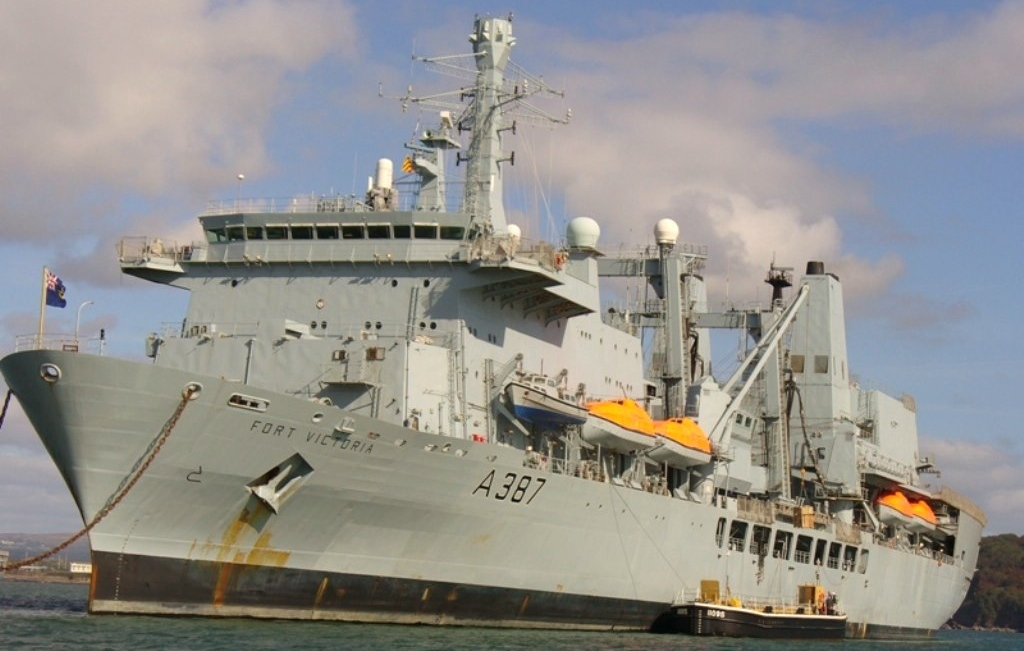What does the British Army's armoured vehicle fleet look like from 2025? Nobody seems to be sure...

The UK's Defence Select Committee held an evidence session on the 11th January to look at Land Acquisition. The lambs brought in for slaughter were Alex Chalk (Minister for Defence Procurement), David Williams (Permanent Secretary at the MOD), Lt Gen Sharon Nesmith (Deputy Chief of the General Staff at MOD) and Maj Gen Darren Crook (Director Land Equipment at DE&S).
As you might expect, this wasn't a comfortable experience for the guests giving evidence to the Committee. There was considerable criticism of the MOD and Army's inability to deliver any major new heavy armoured vehicles for over 20 years, and for wasting money on the many cancelled programmes (Tracer, FRES, MRAV, ABSV, Warrior CSP etc). Mark Francois MP questioned whether the Army vehicle fleet could be considered a credible deterrent to Russian aggression in its current condition.
2025 to 2030 is a black hole...
To re-cap, under the Army's 'Future Soldier' transformation plan unveiled in December 2021 the target was for the UK to have a "fully modernised fleet of digitised fighting vehicles by 2030" comprising Challenger 3, Boxer and Ajax. From the current fleet, Challenger 2 tanks will be upgraded to Challenger 3 standard by Rheinmetall BAE Systems Land (RBSL), CVR(T) Scimitar reconnaissance vehicles will be taken out of service this year in 2023 and temporarily replaced in the recce role by Warrior until Ajax is in service, and Warrior will be taken out of service in 2025 to be replaced by Boxer. Taken at face value, these plans leave an enormous gap in numbers and capability between 2025 and 2030. Alex Chalk provided some updates as follows:
Boxer
Boxer deliveries will now commence in 2025 with 27 vehicles, and complete in 2032 with a total of 632 vehicles. Chalk and Williams initially implied that Boxer was on schedule, before conceding under challenge that it has slipped by a year. It appears that in modern UK defence procurement, one year of delay is considered 'within tolerance'. It was noted that while Boxer replaces Warrior, it isn't a direct replacement Infantry Fighting Vehicle (IFV), being wheeled instead of tracked and lacking the Warrior's medium cannon. Chalk responded that Ajax will provide the medium cannon firepower via the new CTAI gun. It was also queried as to why it was taking 8 years to procure and start delivery of an off the shelf vehicle?
Challenger 3
Challenger 3 Initial Operating Capability (IOC) is November 2027 with one squadron of 18 tanks. Full Operating Capability (FOC) is scheduled for 2030 with completion of delivery of 148 vehicles. Programme cost was quoted as £1.4bn excluding the Active Protection System (APS) which is not yet funded. Kevan Jones MP expressed concern that upgrading an old vehicle was risky and destined for delays, and queried why the Army didn't just buy Leopard 2s off the shelf? Nesmith responded that Challenger 3 had been assessed as being more capable than Leopard 2, and as having lower through-life costs.
Warrior
The Warrior Capability Sustainment Programme (WCSP) was cancelled in 2021 after £400m had been spent on it (and after the new CTAI cannons for it had already been delivered). The current plan is for Warrior to cover for the loss of CVR(T) until Ajax comes into service, but also has a stated out of service date of 2025. So while Boxer will replace Warrior, the Warrior out of service date is actually linked to a different programme - Ajax, which currently doesn't have a clear delivery schedule.
Ajax
None of the speakers giving evidence were prepared to give any IOC or FOC dates for Ajax, despite considerable pressure and criticism from the Committee. Nesmith implied that they have dates in mind, but releasing them required ministerial review and approval. Chalk stated that the recent trials were "successful" and that they have a "safe system of work" for the vehicle. Crook rejected suggestions that the MOD was 'marking its own homework' with the trials, and expressed confidence that ATDU had acted independently in assessing the results. The 'Lessons Learned' review into Ajax led by Clive Sheldon KC was expected to complete at the end of January 2023, with Chalk stating he expected it to be released 4-6 weeks later. Chalk also noted that General Dynamics had 142 Ajax family vehicles almost complete (~80%) as well as 400 hulls manufactured, allowing deliveries to proceed at pace once trials were successfully completed. So far, ~£4bn has been spent on the programme over 10 years.
What does the vehicle fleet look like post-2025? There is some confusion and a lot of risk...
All the above implies that come 2025 the Army's Brigade Combat Teams will have no Warriors and no CVR(T)s. It will have pre-upgrade Challenger 2 tanks, some Ajax variants (fingers crossed), but just 27 Boxer vehicles to provide heavy protected mobility for the infantry. That is clearly untenable, and on a couple of occasions the Committee Chair (Tobias Ellwood MP) stated an assumption that Warrior would be retained until Boxer deliveries are completed rather than just beginning. That assumption is not supported by the Army's publicly stated plans. Also, the Ajax delivery schedule is currently unknown. In my opinion, this all points to extending Warrior service for another few years, and calls into question the decision to cancel the Capability Sustainment Programme.
Post-Ukraine review and risk assessment
Nesmith listed the following as identified "capability risks" that she was not comfortable with:
- Ground-based air defence
- Electronic warfare
- Deep FIRES
- Equipment and ammunition stockpiles
- Workforce resilience
- Industrial capacity
It was recognised that the UK had failed to invest in its defence industrial base, and that there are supply-chain issues in replenishing dwindling stockpiles. Chalk stated that an additional £560m is being allocated to rebuild stocks, and Williams informed the Committee that the MOD was in discussions with industry about guaranteeing future capacity and availability. The need to grow and protect UK capacity and capability was recognised, with Chalk noting that the Government now has more powers to block foreign acquisition of key UK companies under the National Security and Investment Act.
The heavy use, but also high attrition rate of UAVs in Ukraine was noted, and it was questioned whether the quantity of 16 Protector drones being procured would be sufficient. Nesmith replied that the high attrition was mainly of small, low-cost drones and that the Protector would be operated in a manner that would avoid attrition even in contested airspace.
Lessons learned
Nesmith advised that the Army was investing to "professionalise" and "upskill" its Programme Delivery Teams. It was ackowledged that the UK has over-complicated its requirements, and that procuring modified off the shelf solutions was problematic. It was suggested that having an initial procurement of simpler or fully off the shelf equipment and then 'spiral developing' it once in service could be a better model. Francois asked why Urgent Operational Requirement (UOR) processes couldn't be used to urgently fill the capability gaps, to which Nesmith replied that they were seeking to accelerate delivery of the current programmes.
Budgets, numbers and the Integrated Defence Review refresh?
The Defence Review justified reducing troop and equipment numbers by 'digitising' the armed forces with improved networking, communications, sensors etc to achieve a 'force multiplier' effect. All of the guests were reluctant to make statements that they wanted either a higher defence budget or increased personnel numbers, even in light of the Ukraine experience. The 'refresh' of the Integrated Defence Review is expected "in the next few months".




